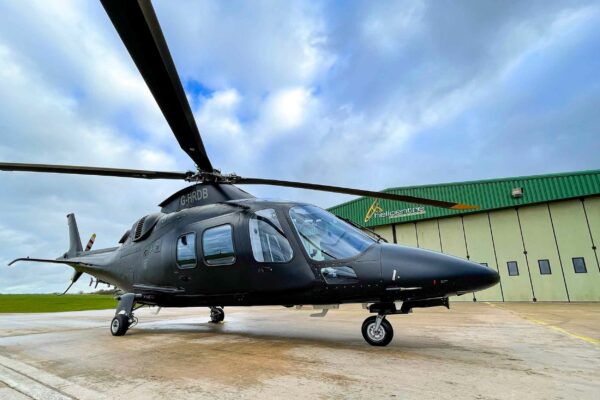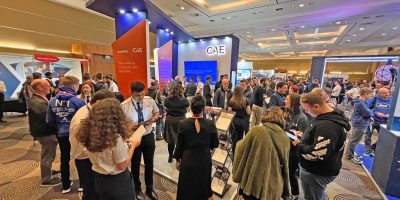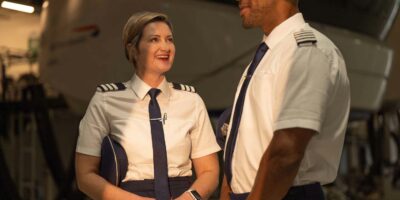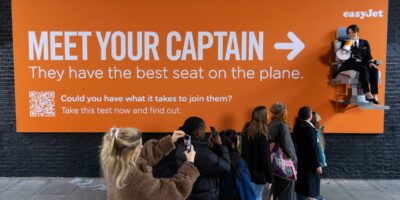What training did you have?
It wasn’t until I did my seaplane rating here at Jack Brown’s in 2010, that I knew I wanted to become a seaplane instructor. I immediately changed my major at Liberty University, obtaining my CPL and becoming a CFI with the sole goal of teaching in floatplanes. In 2011, I joined Jack Brown’s as a part-time instructor. In 2013, I did a summer season flying deHavilland Beavers in Alaska for a Part 135 charter company. Afterwards, I returned to Jack Brown’s.
In 2019, I became the designated pilot examiner and purchased the family business together with my wife.
What’s been your favourite flight?
A trip in 2012 with a student I’d trained, flying the small two-seat floatplane he’d got in Washington back to Florida. It was an amphibious aeroplane, so half of our stops were on water and half on paved runways. Crossing the entire country in 40 hours and flying over all the different terrain, I learned so much and made great memories.
And your favourite airfield?
I’m biased. F-57, the seaplane base where our flight school is located. It’s busy during the day, with lots of seaplanes coming by. In the evening it’s peaceful, sitting on a rocking chair, you can see ospreys diving for fish and watch the sun set over the lake.
Do you get to fly much outside of work?
Yes, and I often find myself doing exactly the same flying, with the only difference that I don’t get paid for it. My favourite part of aviation is sharing it, so I seldom fly alone. I mostly fly with friends or take my five-year-old son. I also co-own a Cherokee Six, which I use for visiting family in Venice, Florida.
What’s your most valuable career advice?
Pursue something you enjoy, but do this with flexibility. Your best career path can be something you’d never considered. When I started flying, becoming a seaplane instructor wasn’t even on my radar!









